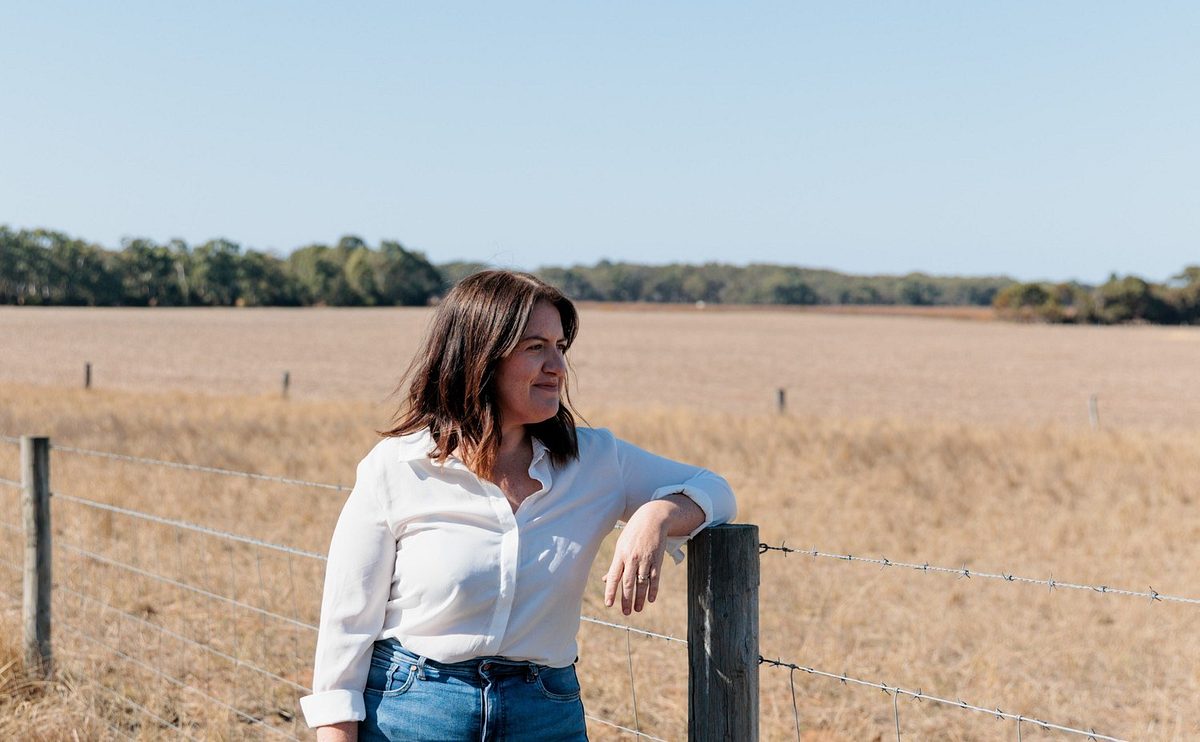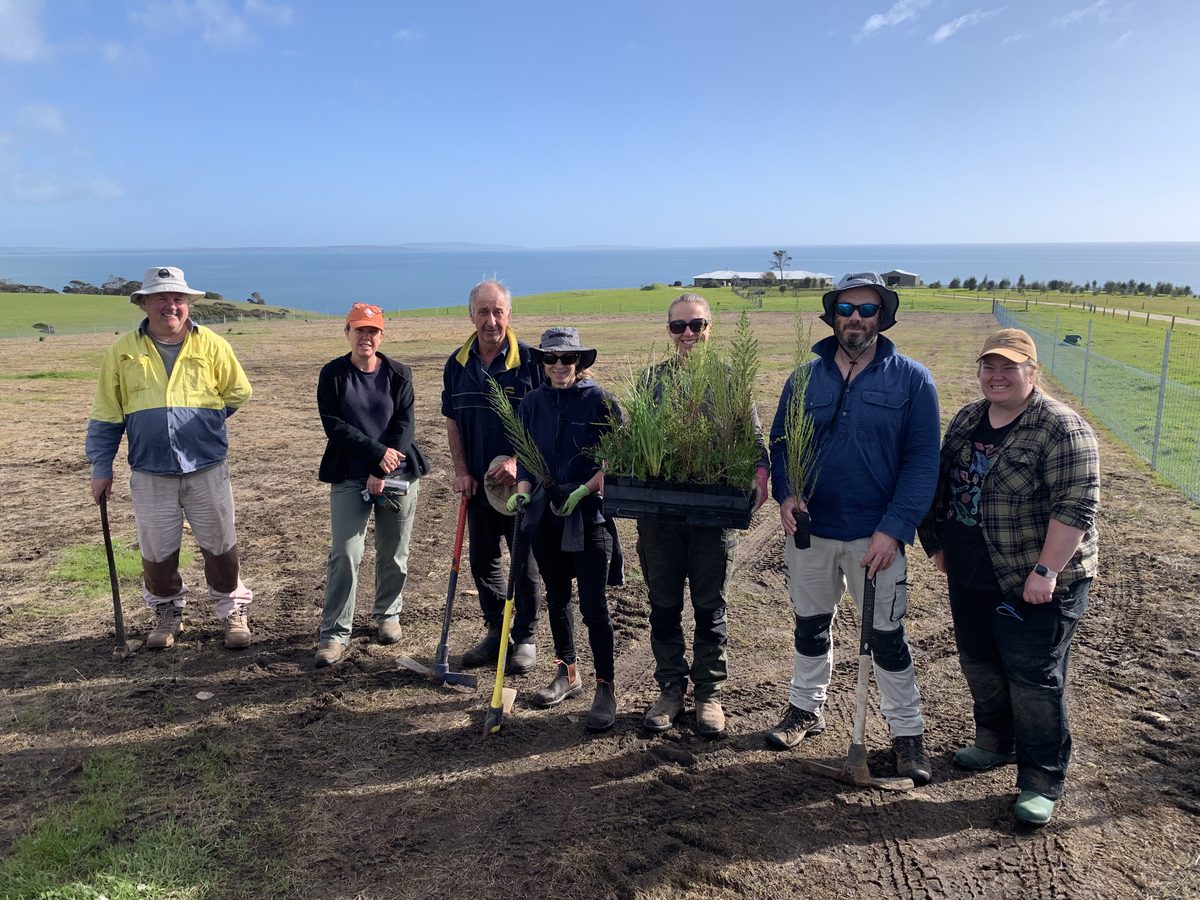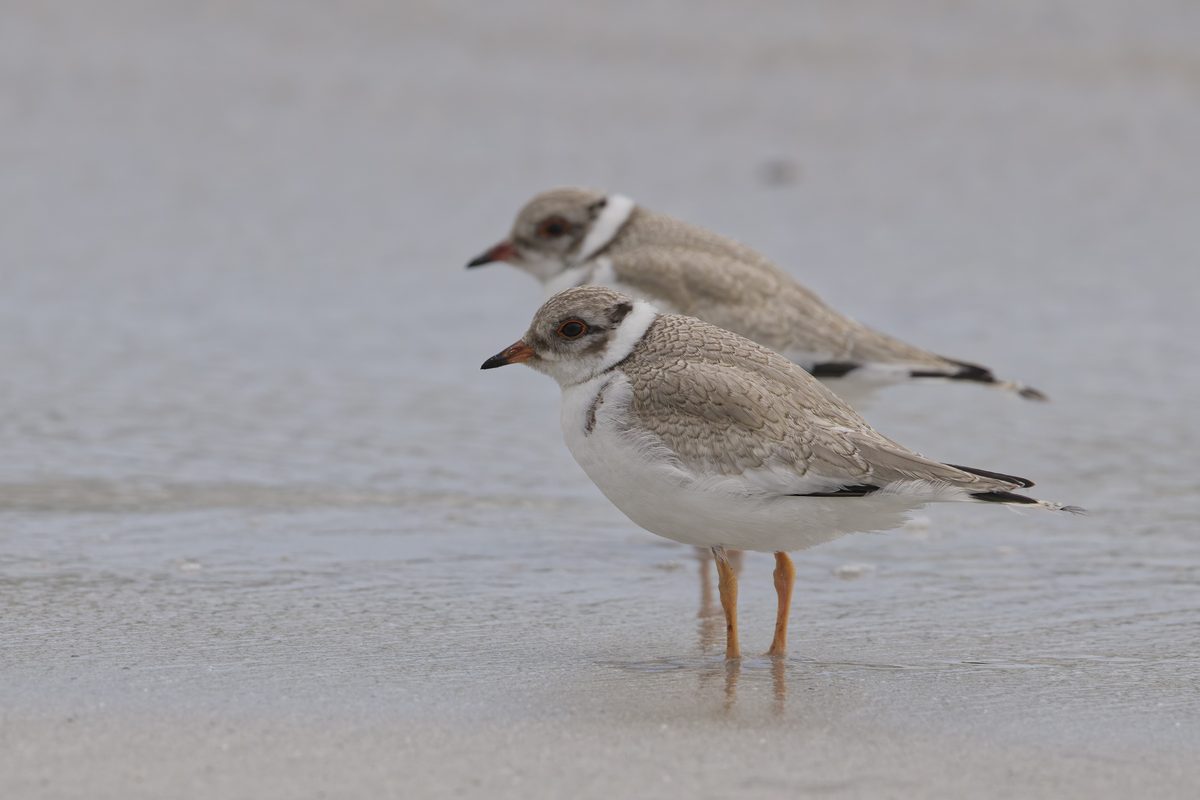New fish for KI discovered
New fish for KI discovered
For the first time, a fish known as congolli has been discovered in rivers on Kangaroo Island.
Twenty seven congolli were collected from five rivers during a recent freshwater monitoring programme to assess fish communities in freshwater catchments on Kangaroo Island.
Reaching about 30cm in length, the congolli is covered in brown spots to give it camouflage and hunts at night for prey on the river bed.
Environment and Conservation Minister Ian Hunter said it was an exciting discovery as species like congolli are important indicators of the health of freshwater systems.
“These animals provide a baseline to inform how catchments on the island are managed in the future.
“We’d like to thank the Kangaroo Island volunteers, whose assistance was influential in making this discovery. With community support we aim to learn how we can balance the benefits to landholders who rely on access to water and providing for water dependant ecosystems.”
Natural Resources Kangaroo Island Senior Project Officer Paul Jennings, who coordinated the freshwater fish monitoring, said the presence of congolli suggests that some island rivers are providing healthy and essential ecosystem functions.
“The species can act as an important indicator of healthy rivers, as they need to migrate between freshwater, estuarine and marine habitats to complete their lifecycle. The greatest threat to these species is the installation of barriers, such as dams and weirs, which prevent migration,” Mr Jennings said.
“Female congolli live in fresh water while males prefer estuaries. Once mature, females migrate to the sea to spawn, followed closely by the males.
“Where they spawn remains a mystery, however once eggs are laid and hatch, the young fish are transported by ocean currents for around four months before returning to rivers and estuaries to grow.”
Historical records suggest that KI once supported a diverse freshwater and estuarine fish community. Since then, structures like dams have been built along rivers to regulate the amount of water which flows downstream, resulting in a significant decline in these and other aquatic species.
“Some species such as the pouched Lamprey and short-finned eel have not been seen on the island for decades and it is hoped that future monitoring work could see these species recorded once again,” Mr Jennings said.
The freshwater monitoring programme was funded by Kangaroo Island Natural Resources Management Board, Department of Environment, Water and Natural Resources and carried out with the help of community volunteers. The monitoring recorded baseline information about Kangaroo Island’s freshwater dependent ecosystems.
The baseline information will be used to identify how river barriers, changes in seasonal stream flows and water quality have impacted on water dependent ecosystems.
If you have any anecdotal records of freshwater fish from the past or present, we would like to hear from you. Please call Natural Resources KI on 8553 4444. This information will be extremely valuable in guiding future monitoring programs.



